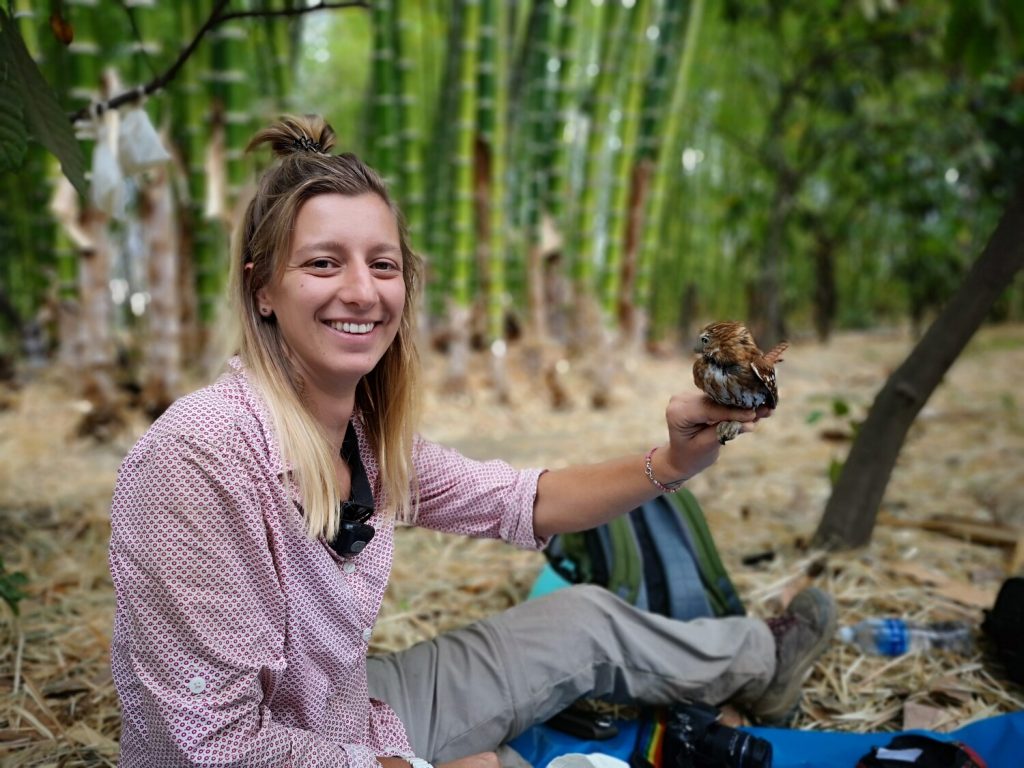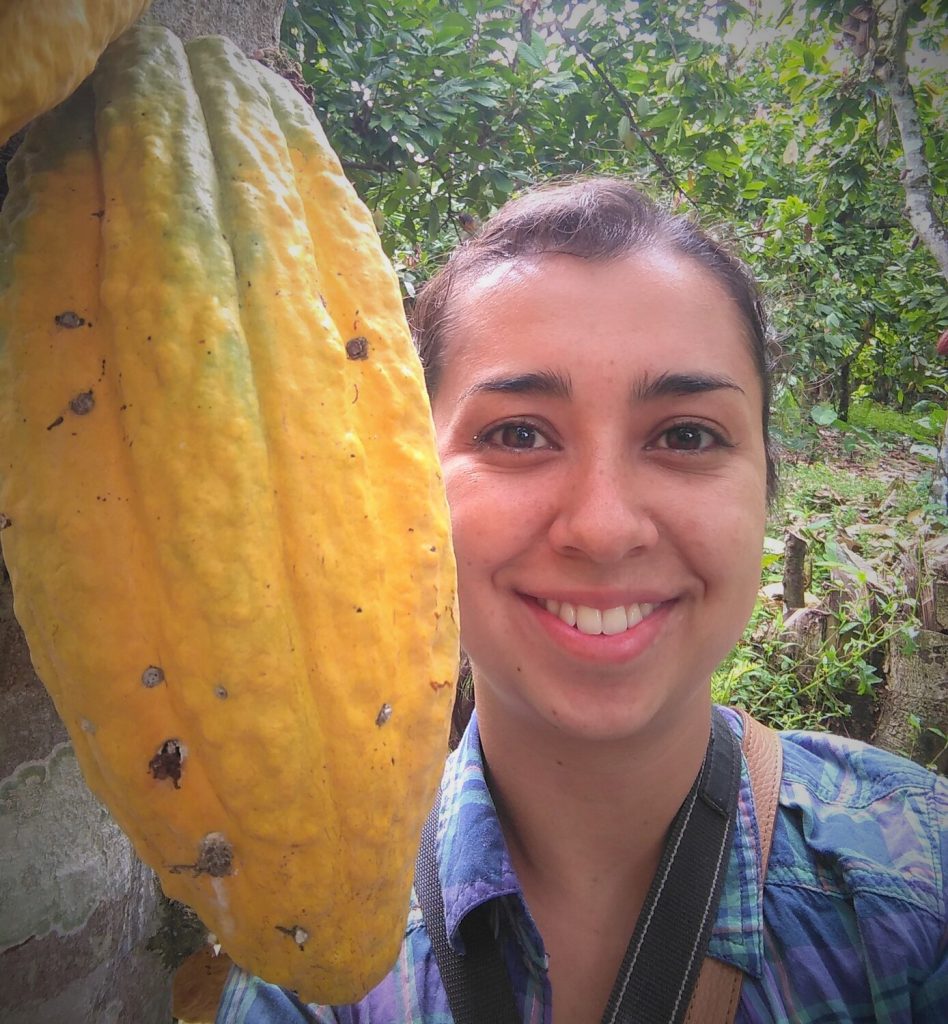”We found that tropical dry forests have unique bird and bat species, but cacao agroforestry is a good option for agricultural practices that benefit biodiversity
First author Carolina Ocampo-ArizaFrom the Agroecology group at the University of Göttingen.
International research team led by Göttingen University finds cacao agroforestry around tropical dry forests improves biodiversity
Cacao farms not only provide us with the pleasure of chocolate, but also offer potential advantages for biodiversity-friendly agriculture. The benefits to biodiversity have been widely studied in tropical rainforests, but were so far unknown in tropical dry forests. An international team of researchers led by the University of Göttingen has now reported for the first time how seasonal effects drive the presence of birds and bats – the most important consumers of insect pests – in cacao agroforests in Peru. The results were published in Agriculture Ecosystems and Environment.
Tropical dry forests are globally threatened by deforestation and agriculture, and in northwestern Peru cacao is often grown near dry forest habitats. The researchers studied cacao agroforestry systems, i.e. growing cacao under shade trees, for more than one year and found that birds and bats – and mostly those that eat insects – benefit from them. “We found that tropical dry forests have unique bird and bat species, but cacao agroforestry is a good option for agricultural practices that benefit biodiversity,” reports first author Carolina Ocampo-Ariza from the Agroecology group at the University of Göttingen. She adds, “These results are valuable for designing and managing agricultural landscapes in megadiverse countries as Peru.”
The research team found that bats were always present in larger groups in cacao farms than in nearby forests, whereas this was the case for birds only in the dry season. “Cacao farms seem to serve as an oasis for birds, providing food and refuge when they are scarce in the forest,” states co-author Professor Teja Tscharntke, from the Agroecology group at the University of Göttingen. “This has important consequences for ecosystem services in agroforestry systems, as birds and bats play an important role controlling insect pests that attack cacao,” adds co-author Dr Bea Maas from the University of Vienna.
Original publication: Carolina Ocampo-Ariza et al. Trait-dependent responses of birds and bats to season and dry forest distance in tropical agroforestry. Agriculture, Ecosystems and Environment. 2022. Vol 325. https://doi.org/10.1016/j.agee.2021.107751
Full text available until 8 January 2022, here: https://authors.elsevier.com/c/1e6R5cA-IgJe8
Full text available in Spanish on request. Please contact Carolina Ocampo-Ariza below.
Photo 1: Co-author Justine Vansynghel surveying birds in cacao farm of Peru, and holding a Peruvian pygmy owl (Glaucidium peruanum) | Carolina Ocampo Ariza
Photo 2: Carolina Ocampo Ariza next to a mature cacao pod, from the native Peruvian variety “Cacao blanco de Piura” | Carolina Ocampo Ariza
Photo 3: An insect-eating bat (Lophostoma silvicolum) found in cacao agroforests from Peru | Jean-Pierre Castro-Namuche© (2019)
Contact:
Carolina Ocampo-Ariza
University of Göttingen
Faculty for Agricltural Sciences – Agroecology
Grisebachstraße 6, 37077 Göttingen, Germany
Email: carolinamaria.ocampoariza@uni-goettingen.de




